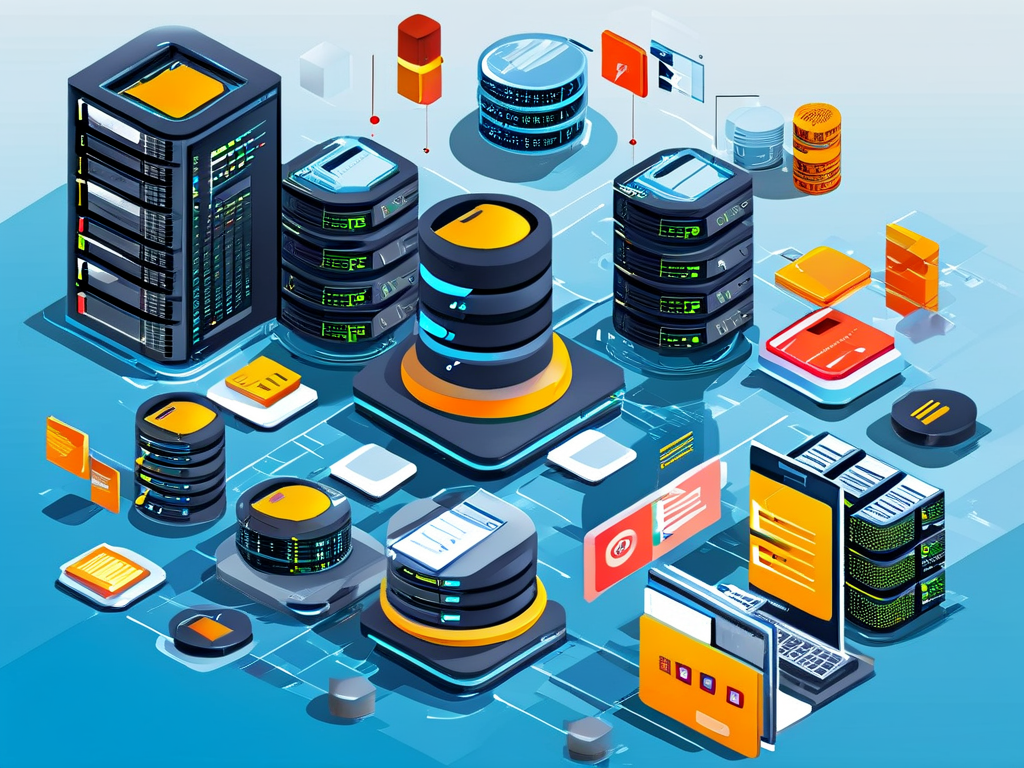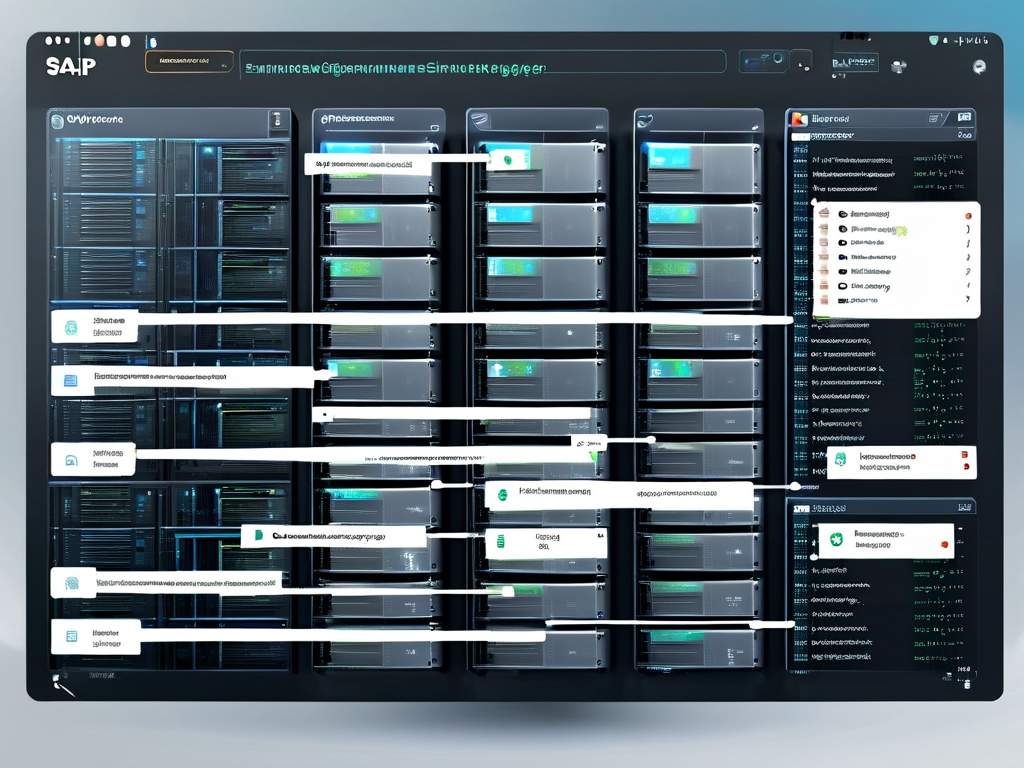In today’s fast-paced enterprise environment, optimizing SAP deployment processes has become critical for maintaining competitive agility. Automated deployment solutions are revolutionizing how organizations implement and manage SAP systems, reducing manual errors and accelerating time-to-value. This article explores the benefits, strategies, and practical applications of SAP automation in modern IT infrastructure.
The Shift Toward Automation in SAP Environments
Traditional SAP deployment methods often involve repetitive manual tasks, complex configuration workflows, and significant downtime. A study by Gartner reveals that 65% of SAP implementation delays stem from human errors during manual processes. Automation addresses these challenges by standardizing deployment sequences, enabling consistent replication of environments, and minimizing intervention.

For example, infrastructure-as-code (IaC) tools like Terraform or Ansible allow teams to define SAP landscapes using declarative scripts:
# Sample Ansible playbook for SAP system provisioning
- name: Configure SAP HANA servers
hosts: sap_servers
tasks:
- name: Install required packages
apt:
name: "{{ item }}"
state: present
loop:
- libopenssl
- libaio1
- name: Deploy HANA database
command: /hana_installer/setup --auto-install
This code-driven approach ensures identical setups across development, testing, and production environments, a practice that has shown to reduce configuration-related outages by 40% according to Forrester Research.
Key Advantages of Automated SAP Deployment
-
Accelerated Deployment Cycles: Automation cuts system provisioning time from weeks to hours, enabling faster project rollouts. BMW Group reported a 70% reduction in SAP environment setup time after adopting pipeline-driven deployments.
-
Enhanced Compliance: Version-controlled deployment scripts enforce security policies and regulatory requirements automatically. Pharmaceutical giant Novartis achieved 100% audit readiness for SAP S/4HANA environments using automated compliance checks.
-
Cost Optimization: By eliminating manual labor and reducing system downtime, automation lowers operational expenses. Shell estimates annual savings of $2.8 million in SAP maintenance costs through orchestrated deployment workflows.

Implementing an Automation Strategy
Successful SAP automation requires a phased approach:
Phase 1: Environment Standardization
Create golden images for SAP application servers and database nodes using tools like Packer. Ensure all dependencies and patches are pre-integrated.
Phase 2: Pipeline Integration
Embed SAP deployment into CI/CD pipelines using Jenkins or Azure DevOps. A major European bank reduced deployment failures by 60% after implementing automated smoke tests post-deployment.
Phase 3: Intelligent Monitoring
Leverage AIOps platforms to analyze deployment logs and predict resource bottlenecks. Siemens Energy uses machine learning models to auto-adjust SAP infrastructure allocations during peak loads.
Overcoming Implementation Challenges
While automation delivers clear benefits, organizations often face hurdles:
-
Skill Gaps: 58% of IT teams lack expertise in SAP automation tools according to IDC. Partnering with certified DevOps specialists or investing in training programs helps bridge this gap.
-
Legacy System Integration: Hybrid environments combining SAP ECC and S/4HANA require customized automation blueprints. Coca-Cola’s “phased automation” model for legacy migration serves as an industry benchmark.
-
Security Concerns: Automated deployments expand attack surfaces. Implementing secret management solutions like HashiCorp Vault and mandatory code reviews mitigates this risk.
Future Trends in SAP Automation
Emerging technologies are pushing boundaries further:
- AI-Driven Deployment Optimization: SAP’s own Joule AI assistant now recommends deployment parameters based on historical performance data.
- Serverless SAP Components: AWS Lambda integrations for non-critical SAP modules enable event-driven scaling.
- Blockchain-Verified Deployments: Pilot projects at Bosch use distributed ledgers to track configuration changes across SAP instances.
As SAP environments grow in complexity, automation ceases to be optional. Organizations embracing these practices report 3x faster innovation cycles and 50% higher system reliability. The journey requires careful planning but delivers transformative operational efficiency for enterprises committed to digital excellence.









